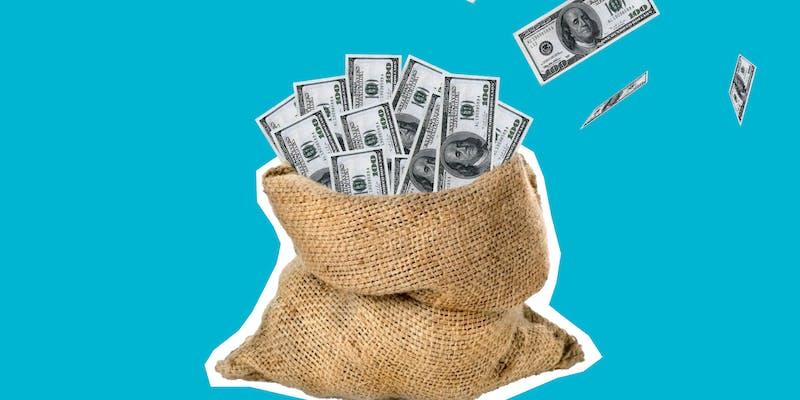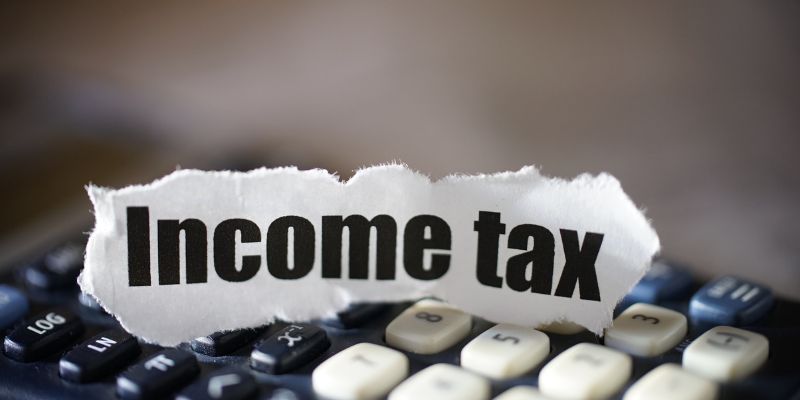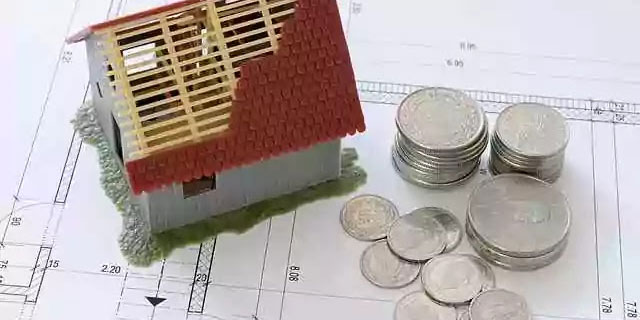Dividend-paying stocks and funds offer two options. You can spend dividends like other income or buy more company shares. While having extra cash is nice, dividends can add up quickly when reinvested.
Understanding Dividends
When revenue exceeds operating expenses, a business must decide how to use the surplus. Typically, three options exist. The company can reinvest, pay debts, or pay fidelity reinvest dividends depending on its needs.
Once every three months, your share ownership percentage will determine your dividend payment. If the company declared a $1 dividend, 100 shares would net you $100. Directors decide whether to pay dividends after reviewing the company's finances.
Interestingly, dividends can be cash or company shares. "Dividend reinvestment" describes it. Dividends usually incur taxes. However, first-time homebuyers with dividend-paying stocks or Roth IRA funds may avoid dividend taxes.
How Dividends Affect Stockholders
You get dividends proportional to your shareholding. An individual's dividend payout is proportionate to their shareholding. Imagine a situation. Consider that ABC Co. has 4 million shares. The dividend is 50 cents per share. ABC distributes $2 million. Shareholders with 100 shares get $50. Those with 1,000 shares receive $500 in fidelity reinvest dividends.
This profit-sharing method is appealing if you're buying your first home. Dividends can boost your house down payment savings. Those planning to buy a house soon should remember that dividend returns are proportional to share ownership.
Reinvesting Dividends
Reinvesting dividends lets first-time homebuyers grow their investments without additional costs. Let me explain why this strategy works:
First, it's cheap. Buying more shares to fidelity reinvest dividends has no brokerage fees. Homebuyers looking to invest without spending more will like this.
Second, it's simple. The process runs automatically after setup. When dividends are paid, the money is used to buy more shares immediately. This user-friendliness is excellent for first-time homebuyers without investing experience.
You also have dividend reinvestment flexibility. Most brokerages prohibit fractional share purchases, but DRIPs are an exception. First-time homebuyers need this freedom to reinvest every dividend.
Another advantage is consistency. This approach aligns with the dollar-cost averaging strategy, where you regularly buy shares, reducing the impact of market volatility. For those buying their first house, this means a more stable investment journey.
Dividend Reinvestment Plans
Many companies offer Dividend Reinvestment Plans (DRIPs) to fidelity reinvest dividends automatically. Companies often offer shares at a lower price through DRIPs, making it an economical choice for investors, especially those buying their first house and looking for cost-effective investment options.
DRIPs, like individual dividend reinvestment, let you buy more shares without commission. This saves a lot, especially for homebuyers who mix property and stock investments.
DRIPs allow fractional share purchases, which are impossible with regular stock purchases. First-time homebuyers with smaller investments benefit from this.
Understanding Reinvestment Growth through an Example
Imagine ABC Company paying all shareholders a pitiful 50-cent dividend. To simplify, assume the stock price rises 10% and the dividend rises 5 cents.
Imagine being a first-time homebuyer who invests $20,000 in stocks instead of buying a house. Buy 1,000 ABC Co. shares for $20. One thousand shares times 50 cents per share equals $500 after a year. With your $500 dividend, you can buy 22.73 more shares at $22. Even though fractional shares aren't traded publicly, Dividend Reinvestment Plans (DRIPs) often include them.
In the second year, reinvest dividends automatically are 55 cents per share. Divide 1,022.73 shares by $0.55 to get $562.50 in reinvest dividends bond funds. At $24.20, you can buy 23.24 more shares by reinvesting this dividend. You own 1,045.97 shares worth $25,312.47.
In the third year, 1,045.97 shares multiplied by $0.60 per share yielded $627.58. This dividend buys 23.58 shares at $26.62.
Your $1,000 investment is now 1,069.55 shares after three years. Your investment is $28,471 instead of $20,000.
Deciding When to Opt for Cash Instead of Dividends

Considering Cash Dividends in Retirement
When you're close to or already retired, assessing your need for cash becomes crucial. To determine if you need dividend income, consider Social Security, mandatory retirement account withdrawals, pensions, and annuities.
If these sources are enough, invest dividends to grow your investments. First-time homebuyers and those planning to buy their first house should use this strategy to expand their portfolio and support their financial health.
Evaluating Underperforming Assets
Market fluctuations are normal, but consistent underperformance of a stock or fund is a concern. Start taking the reinvest dividends automatically in cash if your investment isn't growing as expected. This strategy is beneficial when the investment stops profitable or ceases dividend payments.
Diversification through Dividend Income
Choosing cash dividends over reinvestment can be a strategic move for diversification. This allows you to invest in different assets, spreading risk and potentially increasing returns.
For first-time home buyers or those buying their first house, diversifying investments can provide a more secure financial foundation, ensuring you have a variety of assets growing for future needs.
Maintaining Portfolio Balance
Maintaining a balanced portfolio is critical in your investment journey, especially for home buyers or those buying their first house. Highly yielding investments can quickly dominate your portfolio, creating an imbalance.
This can benefit good markets but lead to more enormous losses in imperfect markets. Regular cash reinvest dividends bond funds can prevent over-concentration and help you maintain a healthy, well-balanced portfolio for long-term financial stability, especially for first-time homebuyers.
Comparing Cash and Reinvested Dividends in Stock Investments

Let's explore a hypothetical scenario involving ABC's stock, which demonstrates consistent performance with regular increases in dividend rates.
Imagine you've held ABC's stock for two decades. By reinvesting your dividends yearly, your portfolio would grow to include 1,401.25 shares. The total value of these shares would be an impressive $188,664.30. The annual dividend you'd receive at this point would be $2,031.82.
Now, consider an alternative approach where you opt to receive your dividends in cash instead of reinvesting them. Over the same 20-year period, you would have accumulated $24,367.68 in dividends. However, your stock count would remain at the original 1,000 shares, now valued at $134,640. This comparison highlights a significant difference: you've boosted your gains by 47% by reinvesting your dividends.




